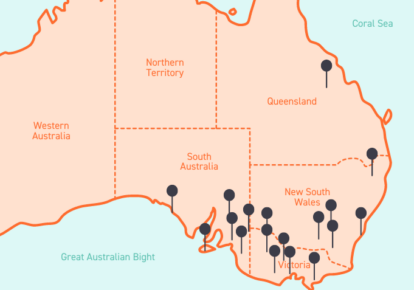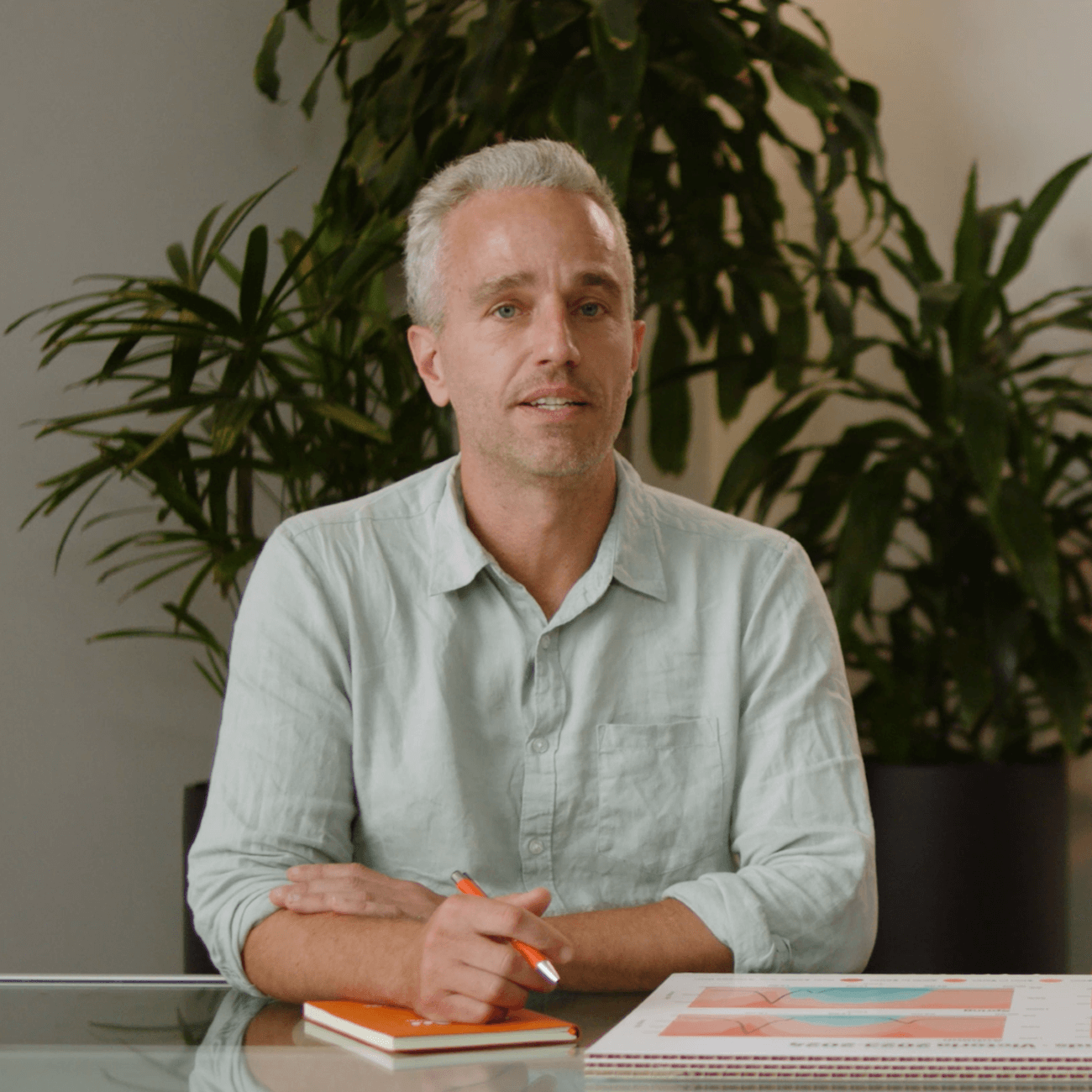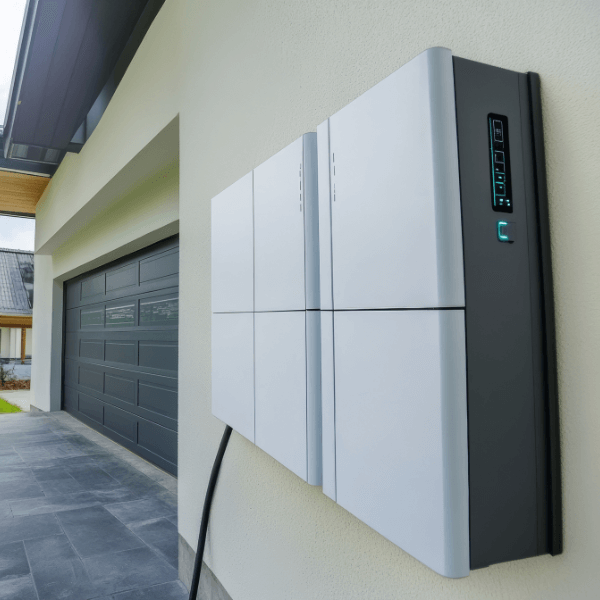October was the first month in the National Electricity Market (NEM) with five-minute settlement in place. However, we may have to wait a little longer to observe its impact on the spot price.
The average spot price in South Australia and Victoria fell relative to the price in September, with South Australia’s average being the lowest for the region in the past five years. Conversely, New South Wales and Queensland had slight increases in their average spot price, and were less favourable for customers. The average monthly spot prices in New South Wales were triple those in Victoria.
Consistent with previous months, negative prices continue to be abundant, with similar hours from September to October across all regions (65 in New South Wales, 115 in Queensland, 230 in South Australia, and 230 in Victoria).
October 2021 summary
October was a bumper month for solar energy. With South Australia generating more than 100% of their demand through rooftop and grid-scale solar for a single 5-minute interval, and the surplus being exported into Victoria. NEM-wide, a combination of rooftop and grid-scale solar was able to supply 50% of total demand for around 2.5 hours.
As more solar farms are built and the uptake of residential solar increases, we would expect more of these high-solar events to occur. Rooftop solar generation across all regions showed a ~50% increase from October 2020.
It hasn’t all been smooth sailing though. Thermal outages and issues arising from the limited ramping flexibility of the Queensland thermal generators, compounded at times when the state’s considerable fall in solar generation resulted in some intervals of volatility in the sunshine state.
The spot price was above $15,000/MWh (close to the market cap) for six five-minute intervals throughout the month. To highlight the variability in price though, prices in Queensland on the 16th of October were negative for almost 12 hours (with spot prices at the floor of -$1000/MWh for around 3 hours).
State-by-state key figures and takeaways
Click on our dynamic graph below to view the figures for your state:
New South Wales October 2021
- Echoing September 2021, New South Wales continued to be the only region without any periods of the day with a negative average price for the month. All other regions had average wholesale prices going into the negatives at some point in the day.
- While average spot price was higher than September 2021, it was lower than October 2020.
- There were higher evening peak demands, and lower middle-of-the-day demand when compared to October 2020 (with a similar profile for the spot price).
Queensland October 2021
- Spot price approaching the market cap (~$15,000/MWh) for six five-minute intervals. These were relatively spread out, and there were only two hours in the month with more than one of these price spikes.
- There were around 115 hours of negative prices, with prices on the market floor for around 3 hours on the 16th of October.
- The average spot price between 09:30 AM and 01:30 PM was negative.
- Higher evening peak demand, and lower middle-of-the-day demand than October 2019 compared to October 2020.
- Baseload outages and interconnector issues resulted in spot price volatility throughout the month. While AEMO often predicted high prices for Queensland, few of these eventuated.
South Australia October 2021
- October 2021 had the lowest monthly average spot price for South Australia on our records (since 2014).
- There were 15 minutes of high prices on the morning of the 27th, primarily due to sudden unexpected drops in wind/solar generation.
- There were 270 hours of negative prices in the month, which is approximately the same number of hours as September 2021.
- The monthly average price was negative between 7:40 AM and 04:50 PM.
- The increase in solar in the state has accentuated the demand duck curve, with much lower middle-of-the-day demand than October 2019 and 2020.
- New records were set with total solar generation exceeding the underlying demand for 2.5 hours.
Victoria October 2021
- Like South Australia, October 2021 saw the average spot price of Victoria at its lowest on our records (since 2014).
- There were 230 hours of negative prices in the month, compared to 232 in September 2021.
- There were negative monthly average prices between 08:25 AM and 04:15 PM.
- Morning/evening spot prices and demand remained at similar levels compared to October 2019 and 2020. Although middle-of-the-day prices and demand are lower.
Looking at November 2021
The first month of the five-minute settlement hasn’t seen much change in spot price outcomes. However, it is likely there will be some more observable impact when the supply-demand gap narrows in the summer.
Typically October demand is lower than November, though with fewer planned generator outages in November (as we move into Summer) results in greater availability to match. Similarly, rooftop solar is generally higher in November than October, so there could be more solar records broken in the coming month.
Intra-day demand curves have seen peak demand at similar (or higher) levels. With middle-of-the-day demand lower and increased solar generation, we would expect this trend to further become pronounced in November. Importantly, October has seen the end to lockdowns across the states in the NEM, and the return to the pre-pandemic status quo could have effects on the levels of electricity demand.
New South Wales and Queensland quarterly forward contract prices for Q4 2021 have been increasing in the 2nd half of the month, with both being higher than they were at the start of October. Conversely, Q4 contracts in Victoria and South Australia have become softer through October. This seems to indicate that we’ll continue to see the north/south split of the NEM (Queensland and New South Wales in the north – Victoria and South Australia in the south), and we expect lower prices in the south than the north.
Any questions? Our energy specialists are here to help.
If you’re an existing Flow Power customer, please do not hesitate to reach out to your account manager.
If you’re not a Flow Power customer, feel free to contact our friendly team:
? 1300 08 06 08 (within business hours)
?️ Live chat message (within business hours via the chat button at the bottom of your screen)
Alternatively, you can submit your questions through our website contact form here.














